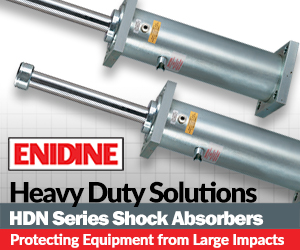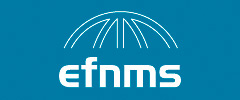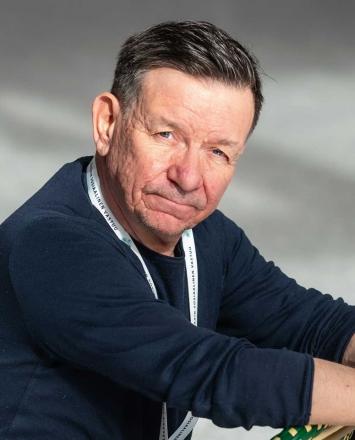Transforming Waste-Treatment Centers into Platforms for Open Innovation
Finnish landfill areas are in many cases evolving to so-called eco-industrial centers. These areas act as hubs enabling business operations in circular economy, such as side stream and waste material processing and recovery. Co-operation between private and public-sector plays an important role as these parties benefit from each other in many ways.
However, actors in this field are facing many challenges, which prevent or hamper effective utilization of materials and the development of related business operations. For example, the lack of uniformity regarding the quality of recovered materials often causes problems complicating the utilization of them in industrial processes. It would therefore be essential to accelerate research, development and innovation activities particularly in this context.
This was the starting point for our project, in which we are identifying, testing, and developing the most suitable methods to accelerate R&D&I activities in eco-industrial centers. Our aim is to discover how eco-industrial centers could benefit from knowledge sharing in creating practical solutions through applying open innovation methods, such as co-creation and crowdsourcing. The goal is to gather the best practices and define a concept for an eco-industrial center to operate as an open innovation platform for circular economy.
Our approach is to apply the principles of challenge-driven innovation in practice. The idea is to choose real-life circular economy challenges and execute quick innovation experiments aiming to develop solutions for those challenges. A real-life challenge could, for example, be related to the utilization of ashes from waste incineration plant as raw materials for different industries, such as asphalt production. An experimental culture is vital for utilizing challenge driven innovation. It is important to try out potential solutions in practice in an early phase of the innovation process.
An essential phase of this method is to define the challenges, which should be suitable, specific and precise enough to most efficiently benefit from open innovation experiments. For this purpose, initial needs or challenge ideas are collected from stakeholders. The selection of most suitable needs for further development to challenges is an own process requiring various steps. Firstly, criteria for defining challenges should be identified and applied. Secondly, the needs must be ranked based on those criteria. Thirdly, the need should further be developed in a manner that a precise challenge or sub-challenges can be defined.
Only after the challenge definition phase experiments can be planned and executed where the purpose is to enhance the development of solutions for circular challenges. Planning of experiments require the formulation of hypotheses to be tested through the experiments carefully. It is also essential to properly analyze the experiments afterwards and gather what was learnt. This information can be utilized for planning further experiments. In the final phase best practices are collected, which will be the basis for the concept creation.
****
CircHubs is an EU financed, Six City Strategy project which was initiated to enhance the evolvement of circular economy through developing the operations of eco-industrial centers. HSY is responsible for developing methods to accelerate R&D&I activities which is carried out in co-operation with VTT (SHARE project).
Author: Ira Hanf, Taival Advisory, ira.hanf@taival.com

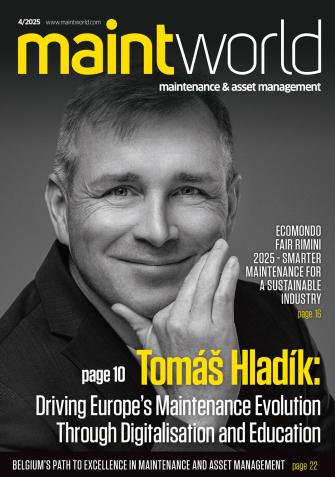
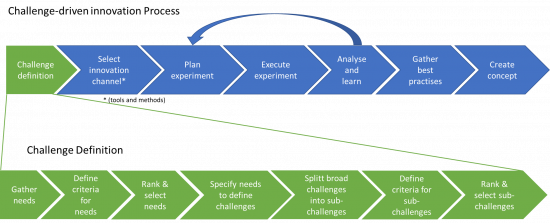
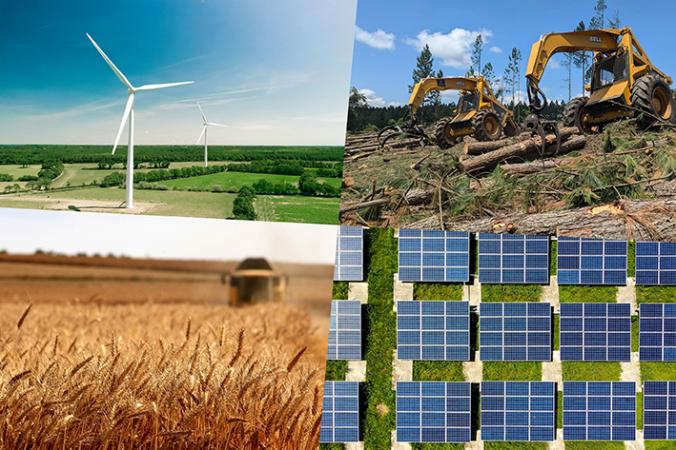
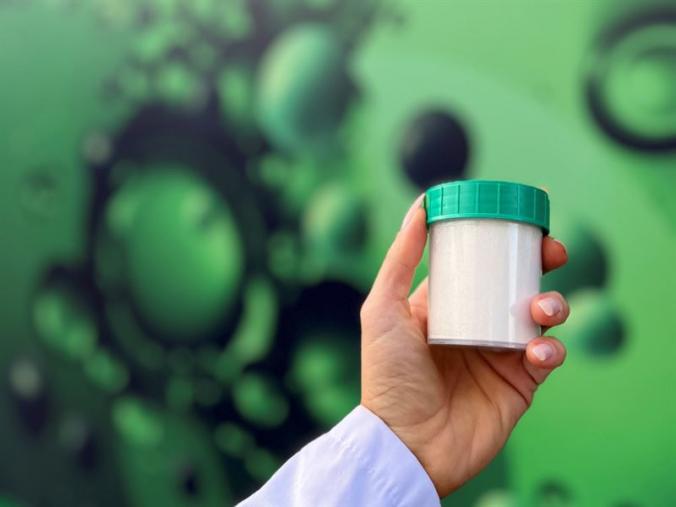
![EMR_AMS-Asset-Monitor-banner_300x600_MW[62]OCT EMR_AMS-Asset-Monitor-banner_300x600_MW[62]OCT](/var/ezwebin_site/storage/images/media/images/emr_ams-asset-monitor-banner_300x600_mw-62-oct/79406-1-eng-GB/EMR_AMS-Asset-Monitor-banner_300x600_MW-62-OCT.png)
